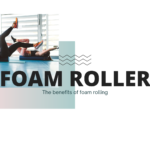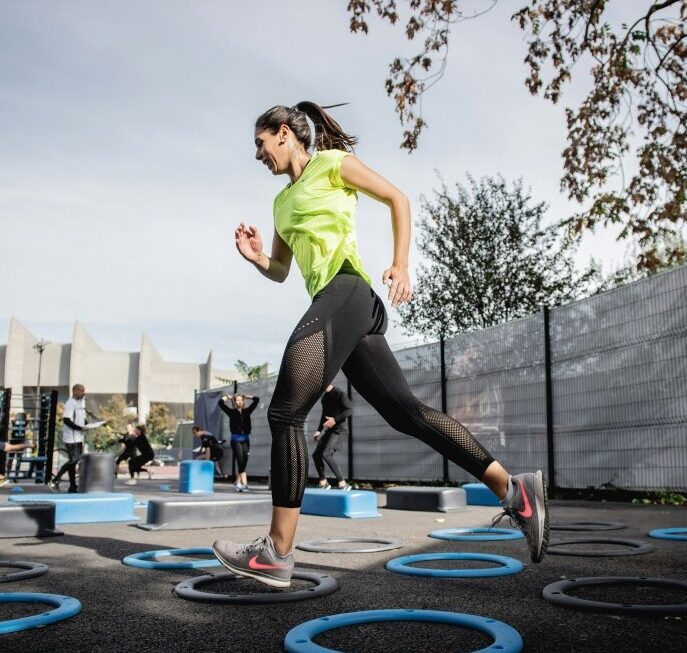Perimenopause, the transition phase before menopause, usually starts in a woman’s 40s, although some experience it earlier. During this time, estrogen levels fluctuate leading to alternating periods of hormone surges and declines. This phase can last between several months to a decade. It’s essential to distinguish it from menopause, the point when a woman hasn’t had a menstrual cycle for 12 consecutive months.
Menopause marks the end of the reproductive phase, bringing along its own set of changes. Hot flashes, night sweats, mood swings, and sleep disturbances are common symptoms both during perimenopause and menopause. Understanding these symptoms is crucial not just for personal comfort but for managing day-to-day life.
Mental health shouldn’t be overlooked. Hormonal shifts can contribute to emotional changes, including anxiety or depression. Awareness and acknowledgment of these changes can provide a sense of control. This empowers individuals to seek help or adjust their routines to better suit their needs.
With these phases also comes a change in how we view our bodies and health. It’s crucial to educate not just oneself but also partners, family, and friends to create a supportive environment. Everyone’s experience is unique, so sharing and seeking diverse insights can be comforting and enlightening.
The Role of Fitness in Managing Symptoms
Exercise doesn’t just keep the body in shape—it plays a vital role in smoothening out some of those pesky menopause symptoms. It might sound too good to be true, but regular physical activity can seriously help tackle hot flashes and improve mood balance. Keeping active lets you tap into some level of control over your body, which is empowering during these changing times.
You’re not aiming for marathon status here. Aerobic exercises like brisk walking or swimming can do wonders. They’re great for your heart and help reduce tension. Strength training is another hero, preserving muscle mass that’s crucial as estrogen levels drop. Even low-impact activities like yoga can be beneficial, fostering flexibility and calming the mind.
There’s more than just the physical perks. Moving frequently helps lift stress and anxiety, working as a natural mood booster. Exercise releases endorphins—the ‘feel-good’ chemicals—and that can spark a positive mental shift. By moving your body, you’re looking out for your mind too.
Approaching exercise as a form of self-care is key. Think of it as a prescription for well-being. Each session is an opportunity to feel better, a chance to thank your body for its strength and resilience. Allow yourself that moment to enjoy the movements, to appreciate what your body can do, rather than focusing on what it used to do.
Tailoring Fitness Routines for Individual Needs
Creating a fitness routine during perimenopause and menopause is all about personalization. What works for someone else might not click for you, and that’s perfectly okay. Start by considering factors like energy levels, time availability, and current health status.
Let your body’s signals guide you. There will be days when a light walk feels best, and others where you might have the energy for a full workout. Flexibility in your routine is key, and it helps to have a variety of activities to choose from.
Exercise adaptation is essential. Low-impact workouts can minimize joint stress while still being effective. Swimming, cycling, and pilates are some options that may suit varying energy levels.
Keep motivation high by setting realistic goals and celebrating small victories. Whether it’s lifting a little heavier, walking a bit longer, or simply showing up, each accomplishment should be acknowledged.
Finding joy in your routine can be a great motivator. Maybe it’s a playlist that pumps you up or the sense of calm from morning yoga. Discover what makes movement enjoyable for you, and let that drive consistency.
Expert Tips for Safe and Effective Workouts
Advice from professionals can really make a difference. Consulting with a fitness expert or health professional allows for personalized guidance, especially if you’re dealing with specific symptoms or concerns. This approach ensures your workouts are safe and tailored to your unique needs.
Preventing injury should be high on your priority list. Warm-ups and cool-downs aren’t optional—they’re crucial for maintaining muscle health and flexibility. Incorporate these few minutes before and after workouts to preserve your body’s resilience.
Don’t underestimate the power of nutrition and hydration. Fueling your body with balanced meals and enough water supports energy levels and workout recovery. It’s all about complementing your activity with the right nutrients.
Finally, embrace community. Joining a group class or finding a workout buddy can boost both commitment and enjoyment. Sharing experiences and goals can build a powerful support system, making the journey less daunting and more uplifting.










